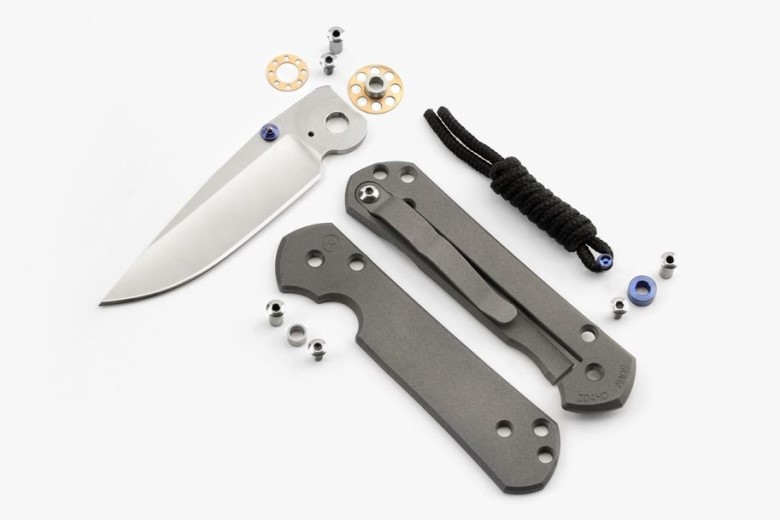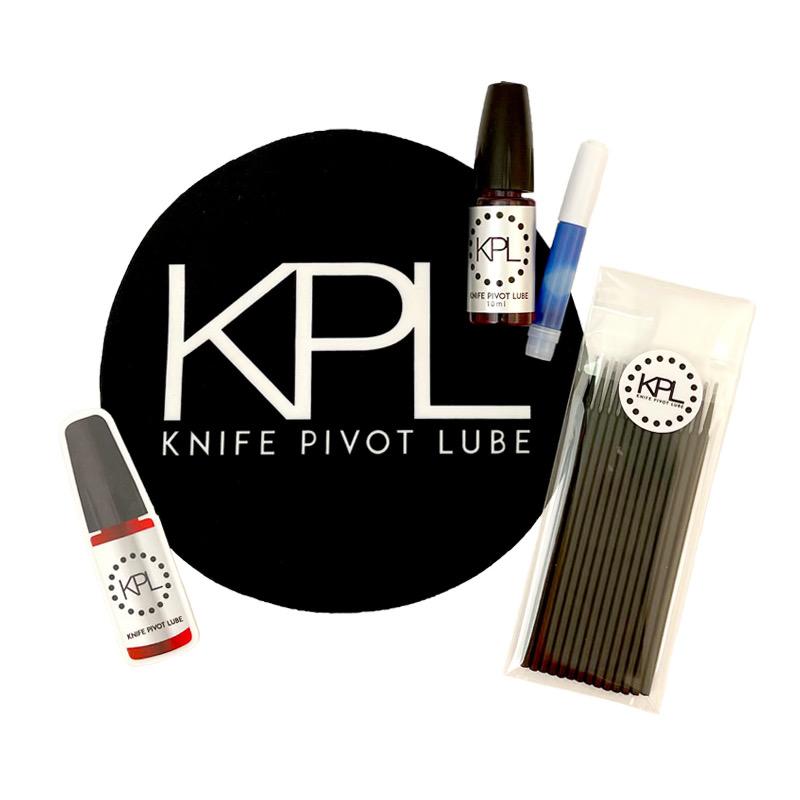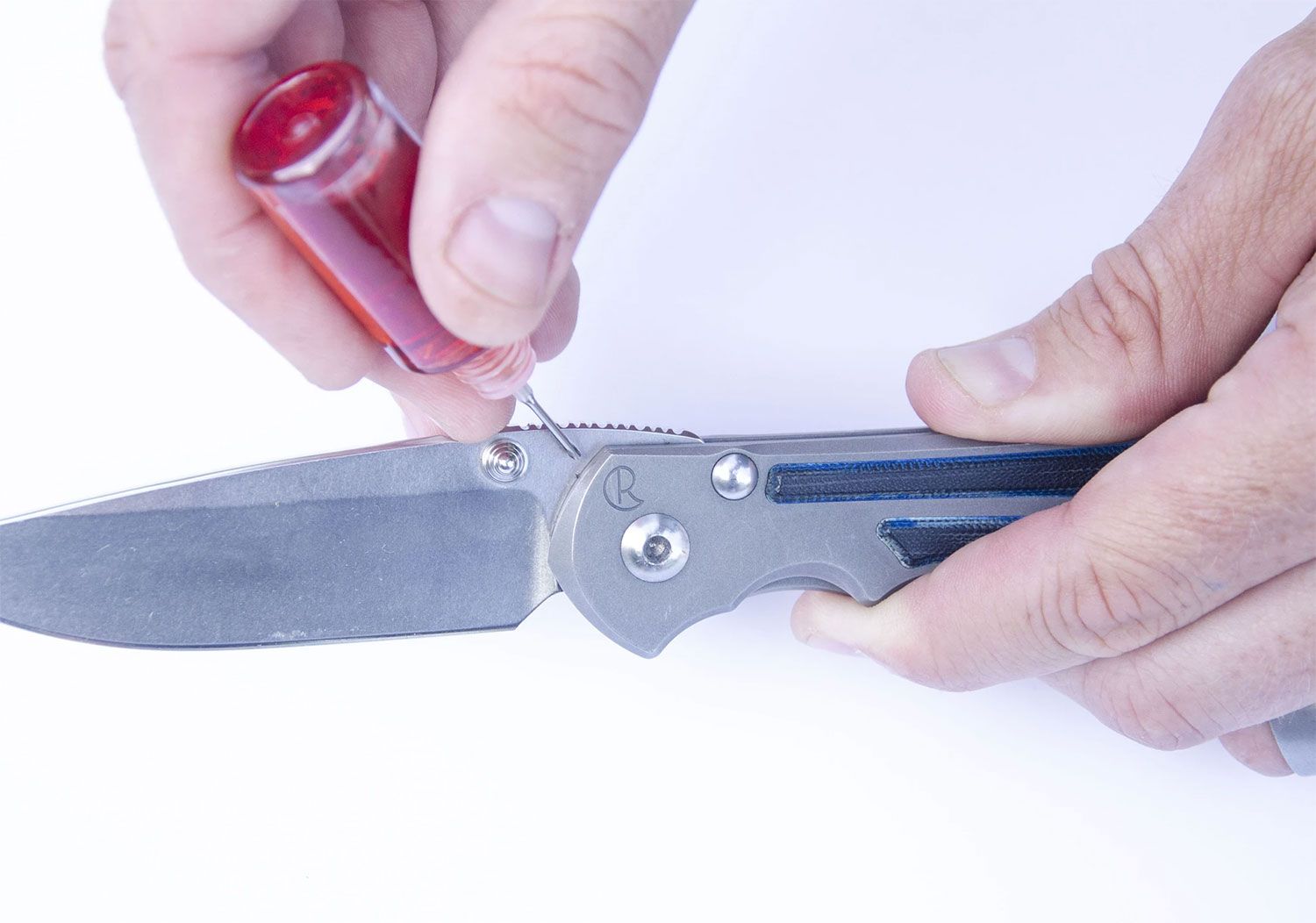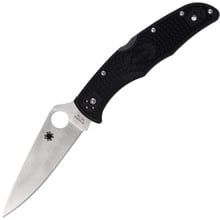MAINTENANCE OF FOLDING KNIVES
Do you carry a knife every day? Surely we have already gotten into a situation where we needed to cut something, then it is useful to have one at hand.
Let's take a closer look at the maintenance of folding knives, specifically the lubrication of bearings. Simply because the correct procedure can significantly extend the life of the knife and guarantee that it will work reliably in all conditions.
Let's start nicely from the basics. We will need tools for maintenance to get to the heart of the matter.
- Screwdriver (ideal with replaceable bits)
- Paper towels
- Cotton sticks
- Compressed air
- Microfiber cloth
- Screw glue (blue Loctite or other brand)
- Lubricant (KPL)
- Isopropyl alcohol
- Corrosion remover
- Simple eraser
DISASSEMBLY
Carefully remove all screws from the knife. If the screw does not loosen, we do not try to remove it by force, we would only destroy the head. In spite of that it does not look nice, we can seriously damage the screw. The reason may be that the knives from the factory have glued screws. In this case, simply heat them with a hair dryer or heat gun and then unscrew them. It is good to sort out the screws so that we return them to the right place when assembling the knife.
CLEANING
If we do not want to disassemble the knife, compressed air is suitable, preferably with a long thin nozzle. Moisten a paper towel with alcohol and clean all flat surfaces. We need to be especially careful when cleaning the blade so that we do not cut ourselves. We use a cotton swab for folds and narrow spaces. Of course, let's not forget that the screws need to be cleaned of glue. KPL came to the market with a complete cleaning kit so that we had everything we needed in one package.
Occasionally, unwanted patina or stains from use will appear on the knife. Take an old eraser, a little mineral oil and rub the spot. We must remove the rust before we can continue.
LUBRICATION
The lubrication of the knives itself is also important. No matter what your bearings are, dirt will always get to them. Dry deposits are not good either. Therefore, it is advisable to lubricate the pin and bearings from time to time. Just a few drops and you can feel the difference right away. Be careful not to overdo it with the application, too much lubricant will cause it to leak out of the knife. Lubricants from KPL have a thin needle that can reach the bearings without having to disassemble the knife. There are two types of lubricant to choose from, KPL Original with an oily consistency for bearing treatment, and the more viscous KPL Heavy, which is designed for a detent ball holding the blade in the closed position.
What is so interesting about KPL lubricants? Their production was started by an engineer specializing in the development of lubricants and at the same time a knife enthusiast. He combined his profession and passion into one in order to produce the best lubricant in the world. KPL keeps dirt and metal particles inside the suspension and thus prevents wear of the pin and bearings.
KNIFE ASSEMBLY
We proceed in the reverse order of disassembly of the knife. With knives with AXIS-Lock safety, the procedure is a bit more complicated. In this case, it's a good idea to check out YouTube and get advice from people who've been through it. We can glue the screws with a drop of glue on the screws, this will prevent their later loosening. Center the blade with the screw on the pin and tighten it so that the blade opens and closes easily.
We have already summarized knife sharpening in previous articles here and here.
We recommend from our offer

Spyderco Endura 4 Lightweight Black Flat Ground C10FPBK


























































































































































 Slovakia
Slovakia  Czech Republic
Czech Republic  Austria
Austria  Germany
Germany  Hungary
Hungary  Romania
Romania  Poland
Poland